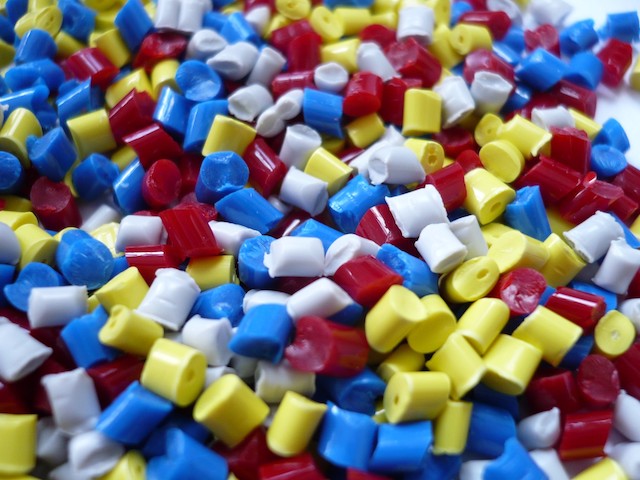
Peek or polyetheretherketone is a superior thermoplastic polymer used in engineering and medical applications because of its low 7% failure rate. A high-performance plastic polymer, it serves a variety of applications. This is due to its strength, chemical resistance, and high-temperature resistance. There are many other plastic polymers that also have unique properties. These can function as a peek alternative in certain applications. In this article, we will explore 7 peek alternatives useful in the food industry, the medical field, and the automotive industry.
Plastic polymers are large molecules made of repeating chemical units called monomers. They can serve in the production of a variety of products. There are many types of plastic polymers, each with unique properties. Plastic polymers can be molded and colored for various applications using methods including injection molding, blow molding, and extrusion. They are popular due to their low cost, versatility, and ease of processing. They can also be environmentally harmful due to their non-biodegradable nature and potential for pollution during production and disposal. Here are 7 alternatives to PEEK, the superior plastic polymer.
ABS is a thermoplastic polymer with toughness, impact resistance, and high-temperature resistance. The automotive and construction industries take advantage of it, as well as countless consumer product companies. ABS has good dimensional stability, chemical resistance, and UV resistance, and is easy to process.
It is also tough and impact resistant and you can mold and color it for various applications. Some common applications for ABS include:
Acrylic, also known as polymethyl methacrylate (PMMA), is a transparent plastic. It is good for applications where transparency, durability, and weather resistance are important. Some common uses for acrylic include:
Acrylic is known for its high level of clarity, making it an excellent choice for applications where visibility is important. It is strong and resistant to breaking, making it a good choice for use in high-traffic areas or for applications where the plastic may be subjected to impact. Acrylic is resistant to UV radiation, making it a good choice for outdoor applications where it may be exposed to sunlight. It is much lighter than glass, making it easier to handle and install.
Acrylic can be easily cut, drilled, and shaped using a variety of methods, making it a versatile material for use in a wide range of applications.
Nylon is a synthetic polymer with strength, durability, and flexibility. Used in the manufacturing of mechanical parts and textiles and it has properties such as:
Nylon is resistant to wear, is flexible, and you can mold it using various methods. Some common applications for nylon include:
PTFE is a synthetic fluoropolymer with low friction, non-stick properties, and high-temperature resistance. Used in industrial, automotive, and consumer products, it has properties such as:
PTFE is often used in the manufacturing of seals, gaskets, and bearings. It is also used in cookware and other kitchen products. It has a high melting point and is resistant to high temperatures.
Some common applications for PTFE include:
Polycarbonate is a strong, stiff plastic with high impact resistance and excellent electrical insulation properties. Used in the automotive and aerospace industries, as well as in consumer electronics. It has properties such as chemical resistance and UV resistance.
Some common applications for polycarbonate include:
Polyethylene is a synthetic polymer with versatility, flexibility, and chemical resistance. Used in a variety of industries, including food, medicine, and construction, it has properties such as:
You can mold and color it for various applications using methods including:
It is also resistant to UV radiation, making it suitable for outdoor use. Some common applications include:
Ultem is a high-performance plastic polymer with high-temperature resistance, strength, and chemical resistance. Used in the aerospace, medical, and electrical industries, It has properties such as:
Ultem is suitable for use in high-temperature and outdoor environments. You can mold it using various methods including injection molding and extrusion.
Some common applications for Ultem include:
There are many peek alternatives, that can serve a variety of applications. Each of these plastic alternatives has its own unique properties and can be used in a range of industries. These include the food industry, the medical field, and the automotive industry.
Severna is a producer of precision-manufactured plastic components. We can help you determine the best peek alternative for your specific application. We have years of experience and the expertise necessary to get the job done. Request a quote today and let’s get started.